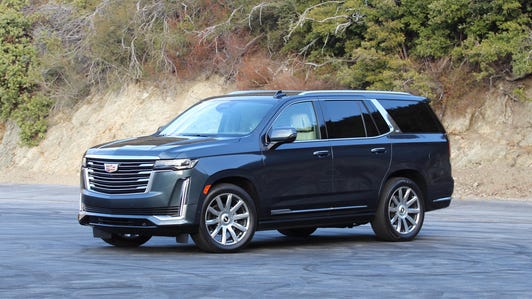What is diesel exhaust fluid and why is it more important than ever? – Roadshow [CNET]
 Enlarge Image
Enlarge Image
Climb in the driver’s seat
The reality of DEF and SCR turned out to not be that bad — once engine manufacturers got their heads around using and making the engines still reliable — and in the end, despite the added cost of the fluid itself, the increased fuel efficiency and reduced emissions made the hassle of topping off an extra tank of liquid once in a while kind of worth it.
So, how exactly does SCR work, and what role does DEF play in making that happen? We’ll explain.
First of all, selective catalyst reduction isn’t new technology, despite only having been mandated by the EPA in the last decade or so. It’s been around for nearly half a century and was first used in the power generation industry to reduce oxides of nitrogen from coal-fired power plants.
It’s that oxides of nitrogen thing that you need to keep in mind because it’s those compounds — nitrogen monoxide and nitrogen dioxide — that are the big problems with diesel combustion, and they’re what gave Volkswagen and their lot so much trouble.
 Enlarge Image
Enlarge Image
Understanding this increasingly visible emissions control system is becoming more and more critical as US truck manufacturers begin to offer more diesel models in traditionally gasoline-dominant segments.
Each of the Big Three is either already offering or plans to offer a smaller-displacement lighter-duty diesel engine in their high-volume half-ton truck range. Ford’s had its V6 PowerStroke (now sadly discontinued), GM has its inline-six Duramax and Ram has the awesome 3.0-liter EcoDiesel V6. All of these will have DEF tanks and SCR systems.
Where DEF really becomes critical is in big diesel engines. We don’t mean like your Cummins 6BT, we’re talking Class 8 semi-trucks. These vehicles do millions of miles over their lifespans, and their massive diesel engines go through a lot of fuel in that time. These vehicles go through a lot of DEF as you might imagine, so at truck stops, DEF is sold at the pump.
SCR technology is also coming to the world of marine diesel. The International Maritime Organization (IMO) first introduced mandates limiting the amount of NOx emissions in 2000 and has since been tightening those regulations. With some marine diesel engines easily being the size of a house, their capacity for pollution is immense, so again, SCR and DEF go a long way towards cleaning these vehicles up.
“SCR is a technology that exists right now and is being employed all over the world to increase fuel efficiency and reduce NOx emissions,” said Charles Culverhouse, CEO of Old World Industries, makers of BlueDEF and Peak automotive chemicals, in an interview with Roadshow. “DEF works and its made from commonly available ingredients that are already being produced in vast amounts for the agricultural industry. The infrastructure is already in place.”
That’s an important thing to remember. The world isn’t going to abandon diesel anytime soon. We depend on diesel-powered vehicles — be they trucks, trains, or boats — to move our goods and ourselves around the world. While traditional diesel fuel may not be a great long-term solution for the planet, the SCR technology and the advent of more cost-effective biofuels mean that until we’re ready to abandon internal combustion entirely, we’re keeping things relatively clean.
- For tech firms, the risk of not preparing for leadership changes is huge [TechCrunch]
- Here’s A Real-Life Version Of Pokémon Red And Blue’s Bicycle [Game Informer]

![what-is-diesel-exhaust-fluid-and-why-is-it-more-important-than-ever?-–-roadshow-[cnet]](https://i0.wp.com/upmytech.com/wp-content/uploads/2021/07/36352-what-is-diesel-exhaust-fluid-and-why-is-it-more-important-than-ever-roadshow-cnet.jpg?resize=800%2C445&ssl=1)






![pc-gaming-show-honors-stalker-2-as-most-wanted-pc-game-of-2024-[venturebeat]](https://i0.wp.com/upmytech.com/wp-content/uploads/2023/12/155354-pc-gaming-show-honors-stalker-2-as-most-wanted-pc-game-of-2024-venturebeat.jpg?resize=390%2C205&ssl=1)
![the-best-sci-fi-tv-shows-on-prime-video-–-cnet-[cnet]](https://i0.wp.com/upmytech.com/wp-content/uploads/2022/06/73944-the-best-sci-fi-tv-shows-on-prime-video-cnet-cnet.jpg?resize=390%2C205&ssl=1)
![the-best-keto-meal-delivery-for-2021-–-cnet-[cnet]](https://i0.wp.com/upmytech.com/wp-content/uploads/2021/03/25494-the-best-keto-meal-delivery-for-2021-cnet-cnet.jpg?resize=300%2C200&ssl=1)